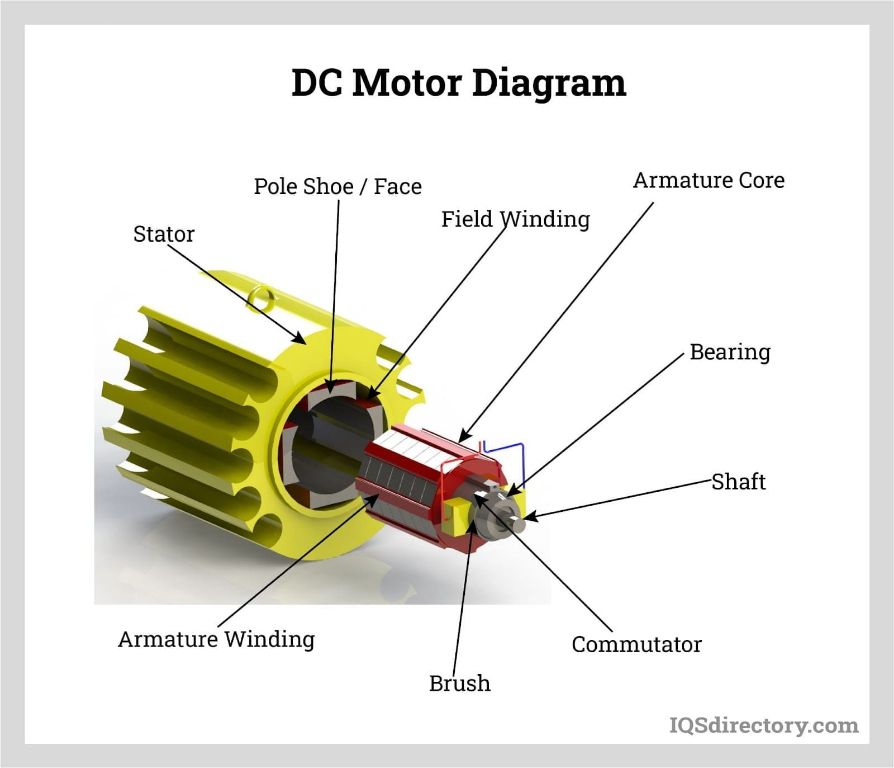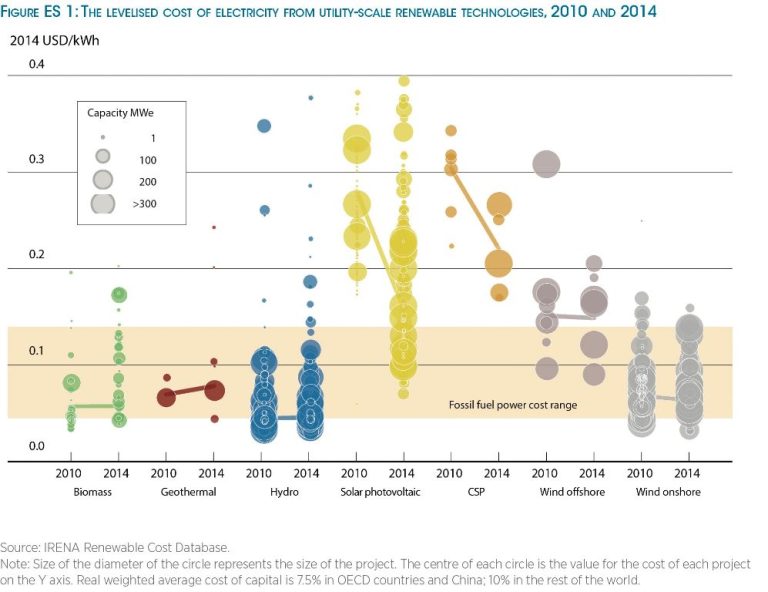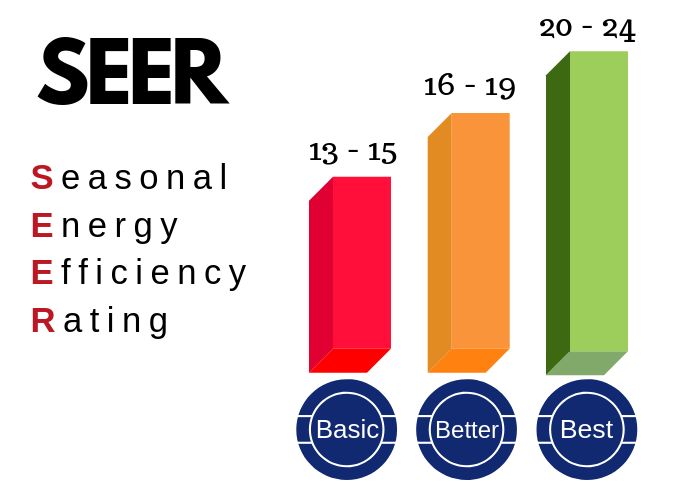How Is Electricity And Magnetism Used In Everyday Life?
Electricity and magnetism are fundamental forces of nature that are all around us in our everyday lives. Though we may not always recognize it, electricity and magnetism are involved in powering and operating most of the modern conveniences and technologies we take for granted.
Electricity is the flow of electric charge, which we harness in the form of electric current to power devices and appliances. Magnetism is the force generated by magnetic fields, which allows certain materials to attract or repel each other. The relationship between electricity and magnetism is intimate – an electric current produces a magnetic field, while a changing magnetic field induces an electric current.
In our everyday lives, we rely on electricity to power our homes, appliances, computers, phones, and all sorts of technologies and devices. Magnetism allows many of these devices to work by enabling electric motors or data storage on hard drives and disks. The applications of electricity and magnetism are practically limitless, from transportation and communications networks to consumer electronics and medical technologies.
In this article, we’ll explore some of the most common ways electricity and magnetism are utilized in objects, systems, and situations in our everyday lives.
Transportation
Electricity and magnetism are integral to modern transportation systems. Electric motors provide clean, quiet propulsion for electric cars, trains, and subways. The electric motor converts electrical energy into mechanical motion through the interaction of magnetic fields and electric current. High-efficiency electric motors reduce emissions and noise compared to traditional internal combustion engines.
Some high-speed trains utilize magnetic levitation (maglev) technology. Maglev trains float above the guideway using strong electromagnets and non-contact suspension. This allows maglev trains to reach speeds over 300 mph by eliminating friction from wheels. Countries like Japan and China already operate commercial maglev trains.
Magnetism enables compass navigation which remains vital for transportation. Compasses work by aligning with the Earth’s magnetic field to accurately determine cardinal directions. Compasses provide essential navigation for aviation, marine transport, and land travel when GPS is unavailable.
Home Appliances
Many of the appliances we use every day at home utilize electricity and magnetism in some form. One of the most common examples is electric motors which can be found in refrigerators, dishwashers, washing machines, and many other appliances. The motor contains magnets that rotate around a fixed armature, creating motion that powers the device. Refrigerators also rely on compressors that pressurize and circulate refrigerant to enable cooling. These compressors contain electric motors at their core.

Another common example is electromagnets which are used in things like doorbells. When the button is pushed, it completes a circuit and allows electricity to flow through the electromagnet, generating a magnetic field. This magnetic field pulls a metal clapper toward the electromagnet, causing the doorbell to ring. The clapper then springs back when the circuit is broken.
Induction cooktops have also become quite popular in recent years. They use electromagnetic induction to heat up pots and pans directly, without any open flame. When the cooktop is turned on, an electric current flows through a coil underneath the cooking surface. This creates an oscillating magnetic field that induces an electric current in the pot or pan sitting above it. The resistance of the pot produces heat that cooks the food.
So in many ways, we depend on the interplay between electricity and magnetism to power the appliances that make our domestic lives comfortable and convenient.
Electronics
Electronics are integral to modern life thanks to electricity and magnetism. Electrical circuits and semiconductors enable all of our electronic devices to function. Circuits route electricity to power devices and semiconductors control the flow of electrons to perform logic operations.
Data storage and memory technologies also rely on magnetism and electricity. Hard disk drives use magnetic heads to read and write data on quickly spinning disks. Solid state drives use electric charges to store data in flash memory chips. Random access memory (RAM) in computers requires a constant electrical current to maintain its data.
Displays like those used in televisions, computers, and phones could not work without manipulating electrons. Cathode ray tube displays use magnets to direct electrons and light up phosphors on the screen. LED and LCD displays control electric currents through individual pixels to form images.
In essence, all modern electronics leverage control of electricity and magnetism to encode, transmit, and display information. From computers to phones to appliances, electronics improve our lives through clever applications of electromagnetism.
Power Generation
Electricity is essential to modern life, and electromagnetism plays a key role in generating and distributing power. Most electricity is produced at power plants using electromagnetic induction, the process by which a changing magnetic field induces a voltage in a conductor. At power plants, coils of wire rotate rapidly within large magnetic fields, inducing an electric current that powers generators. These generators in turn produce electricity that gets fed into transmission lines for distribution.
Power plants generate electricity at high voltages, which minimizes current flow and power losses across transmission lines. However, before electricity can be used in homes and businesses, the high voltages must be stepped down to safer levels. This is accomplished through the use of transformers, devices that utilize two separate coils of wire that are magnetically coupled. By principles of electromagnetic induction, transformers can increase or decrease the voltage of alternating currents. At substations, transformers reduce electricity to lower voltages suitable for distribution.
Thus, from initial power generation to final transmission, electromagnetism enables the widespread delivery of electricity that society depends on. Creative applications of electricity and magnetism have quite literally energized the modern world.
Telecommunications
Modern telecommunications relies heavily on electricity and magnetism. Fiber optic cables use pulses of light to transmit data over long distances. The light pulses are generated by lasers or LEDs powered by electricity. Optical fiber carries much more information than traditional copper wire and is used extensively in broadband networks.
Copper telephone wires use the flow of electrons to transmit voice and data signals. Though fiber optics have become more common, copper wires are still used for the “last mile” of connectivity to homes and businesses. The signals sent over copper wires rely on the principles of electromagnetism.
Radio waves are electromagnetic waves that can transmit information wirelessly over long distances. Radio broadcasting, WiFi, cellular networks, GPS, and Bluetooth all use radio waves to send and receive data. Electricity is used to generate and receive the radio signals that allow wireless communication.
Cellular networks rely on a combination of fiber optic cables, copper wires, and radio waves. The core network consists of fiber optic cables that quickly route calls and data between cell towers. At the cell towers, electricity is used to broadcast radio signals to our devices. Our phones also use electricity to generate the radio signals back to the tower.
Healthcare
Electricity and magnetism play a crucial role in modern healthcare and medical technology. Some notable examples include magnetic resonance imaging (MRI), electrocardiography (ECG), pacemakers, and radiation therapy for cancer treatment.
MRI machines use strong magnetic fields and radio waves to generate detailed images of the inside of the human body. The magnetic properties of atoms in the body are used to create contrast between different tissues, allowing doctors to detect abnormalities and diagnose medical conditions. MRI provides greater detail than X-rays or CT scans and does not use ionizing radiation.
ECG machines record the electrical activity of the heart over time via electrodes placed on the skin. The resulting ECG waveform enables doctors to analyze heart rate and rhythm to screen for various heart conditions. Abnormal ECG readings can indicate issues like arrhythmia, coronary artery disease, and prior heart attacks.
Pacemakers help regulate abnormal heart rhythms by delivering electrical impulses to the heart muscle. The pacemaker consists of a battery-powered device implanted under the skin that is connected to the heart tissue via electrode leads. Sensors in the pacemaker monitor the heart rate and generate electrical stimulation when needed.
Radiation therapy is used to treat cancer by damaging the DNA of cancer cells. Linear particle accelerators generate and target high energy radiation beams, often X-rays or gamma rays, to destroy tumors while minimizing damage to healthy tissue. Radiation therapy relies on the properties of ionizing radiation and its interactions with human cells and tissues.
Entertainment
Electromagnetism is used extensively in the entertainment industry, from electric guitars and amplifiers to speakers, microphones and amusement park rides.
The electric guitar generates sound using electromagnetic induction – the vibration of metal strings produces small electric currents which are amplified and output through loudspeakers. This allows electric guitars to produce sustained notes and distortion effects not possible with an acoustic guitar. From rock music to jazz, the electric guitar revolutionized music across many genres.
Speakers also operate based on electromagnetism. An electrical audio signal is converted into a varying magnetic field by a coil attached to the speaker cone. This magnetic field interacts with a permanent magnet, causing the speaker cone to vibrate and produce sound waves.
Microphones do the reverse, converting sound waves into an electrical signal using a diaphragm and electromagnet. Dynamic microphones use a coil of wire attached to the diaphragm suspended in a magnetic field. Vibrations in the diaphragm create a changing magnetic field and induce a small electrical current.
Amusement park rides like rollercoasters often utilize electromagnetic brakes to smoothly control the speed of trains as they enter and exit stations. Electromagnets are engaged to provide braking force and precisely regulate velocity.
Science and Research
Scientific research has benefited greatly from insights gained using technologies that rely on electricity and magnetism. Particle accelerators, mass spectrometers, and NMR spectrometers are prime examples.
Particle accelerators use electric fields to accelerate charged particles to very high speeds and energies. Colliding these particle beams enables the study of subatomic particles and the fundamental forces of nature. The Large Hadron Collider at CERN is the largest particle accelerator in the world, famous for the 2012 discovery of the Higgs boson.
Mass spectrometry is an analytical technique that uses magnetic and electric fields to measure the mass-to-charge ratio of ions. This allows the identification, quantification, and structural elucidation of chemicals and molecules. Mass spectrometry is ubiquitous in chemistry, medicine, forensics, and space exploration.
Nuclear magnetic resonance (NMR) spectroscopy exploits the magnetic properties of atomic nuclei to reveal detailed molecular information. NMR can determine a molecule’s structure, interactions, dynamics, and chemical environment. NMR spectrometers are vital tools for chemists, biochemists, and medical researchers.
Conclusion
Electricity and magnetism play vital roles in our everyday lives. As discussed, they enable technologies and innovations that we depend on for transportation, appliances, electronics, power generation, telecommunications, healthcare, entertainment, scientific research, and more. Though often taken for granted, the harnessing of electricity and magnetism has revolutionized how we live, work, travel, and access information.
It is crucial that we continue to study and apply principles of electricity and magnetism to drive further progress. Increased knowledge in these areas can lead to major advances like more efficient electric vehicles, smarter power grids, faster computers and internet speeds, and breakthrough medical imaging and treatments. Fostering innovation around electricity and magnetism will be key to addressing global challenges such as climate change, healthcare access, and social equity in the 21st century and beyond.
In summary, electricity and magnetism pervade our lives in countless ways. By continuing to unlock their potential, we can create technologies to improve life for people everywhere. The future progress of humankind will rely heavily on our mastery of electricity and magnetism.




